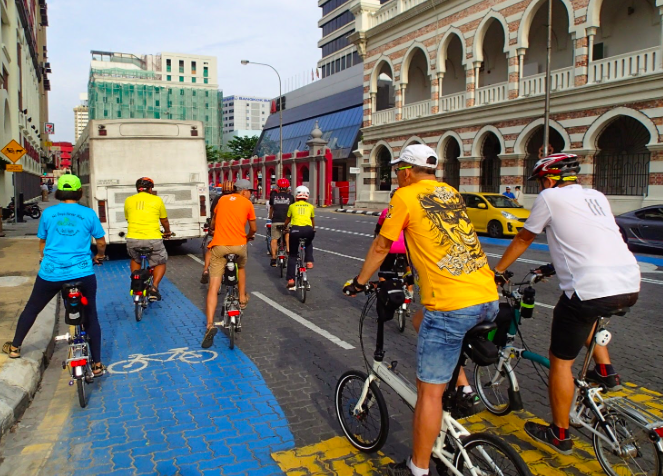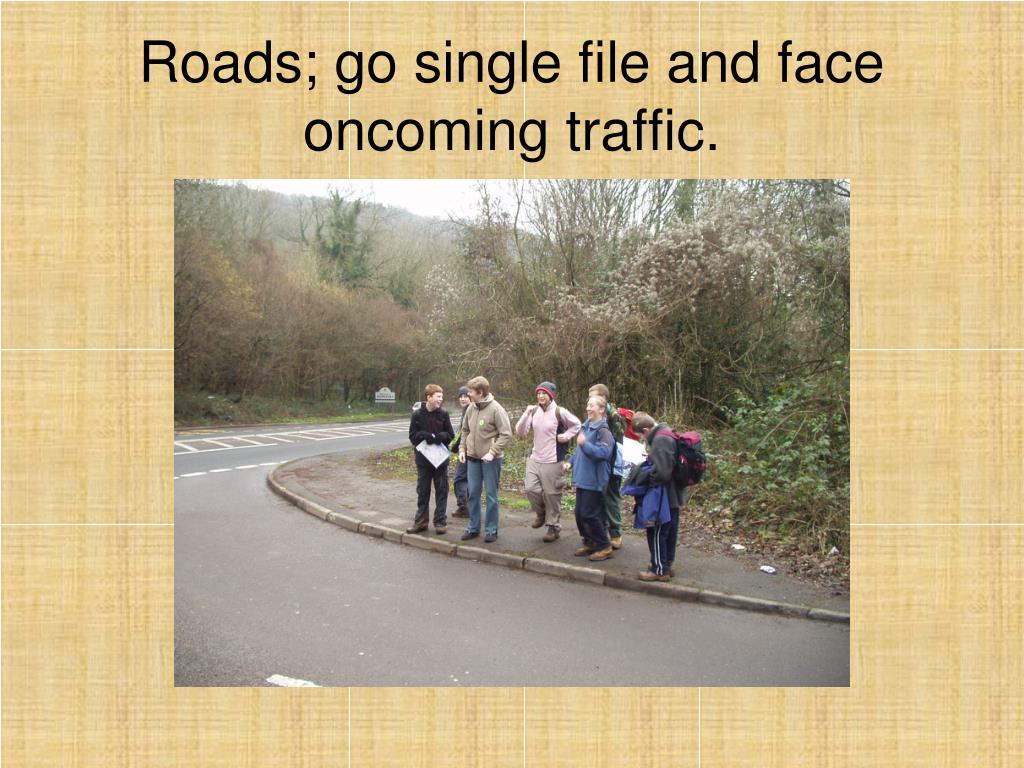
To keep full control of the vehicle, finish braking before you turn the steering wheel.įor a sharp turn, turn the steering wheel with one hand and cross the other hand over it. Slow down before you enter the turn the sharper the turn, the slower you should go. Signal your turn and look from side to side and check your blind spots to make sure the way is clear.

When the way is clear, move into the proper lane, either the far-right lane for a right turn or the far-left lane in your direction for a left turn. To turn a corner, signal at least 100 feet before the turn. This is called yielding the right-of-way. If two vehicles come to an uncontrolled intersection from different roads at the same time, the driver on the left must let the driver on the right go first. Be extra careful around these intersections. They are usually found in areas where there is not much traffic. Uncontrolled intersections have no signs or traffic lights. Drive through the intersection only when the way is clear. This does not apply if you are turning left or right.Īt a controlled intersection where you face a yield sign, slow down or stop if necessary and wait until the way is clear before driving through the intersection.Īt a controlled intersection where you face a stop sign, come to a complete stop. When you approach an intersection on the main road, and the intersection is blocked with traffic, stop before entering the intersection and wait until the traffic ahead moves on. Where you face a red light, come to a complete stop and wait until the light turns green. However, if you are already so close that you cannot stop safely, drive through the intersection with caution.

If the light has been green for a while, be prepared to stop when it turns yellow. Controlled intersections have traffic lights, yield signs or stop signs to control traffic.Īt a controlled intersection where you face a green light, drive carefully through the intersection at a steady speed.


 0 kommentar(er)
0 kommentar(er)
